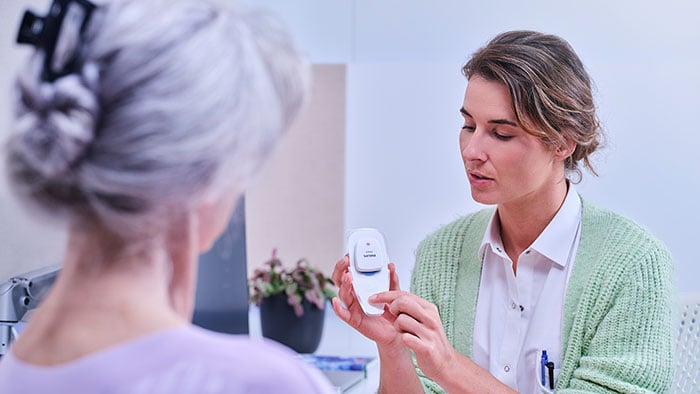What is Servant Innovation and how is it changing healthcare for the better?
Philips Julia Strandberg and Tampa General Hospital CEO John Couris reflect on what makes their partnership so successful
Jul 16, 2024 | 1 minute read
In many ways, patient monitoring in hospital settings hasn’t changed much over the last 30 years. However, in the next three to five years, monitoring technology will fundamentally change to enable care virtually everywhere.

Traditionally, patient care has followed a hub-and-spoke model with hospitals at the center of care delivery and alternative care methods – like outpatient care, telehealth, remote patient monitoring, and more – serving as the spokes. But for many reasons, this model is no longer feasible.
The healthcare environment must adapt to evolving patient needs and shift care delivery to put the patient at the hub of the new model. Designed for and around the provider and patient and built with an ecosystem of partnerships, Philips’ approach to servant innovation is about meeting patients where they are.
By pioneering a new category of ‘’Clinical Technology Partner,” Philips offers an open-system approach across the care continuum to complement healthcare systems investments into EMRs, ERPs, and the cloud, and provide clinical and operational insights to drive better outcomes and consistency across the network.
Julia Strandberg, Chief Business Leader of Connected Care and Monitoring at Philips, sat down with long-term strategic partner John D. Couris, CEO of Tampa General Hospital at Florida Health Sciences Center to discuss what servant innovation means and how the non-transactional approach has helped to support care at scale and improve outcomes for the multi-hospital health system and its community.
Listen to their two-part conversation here:







